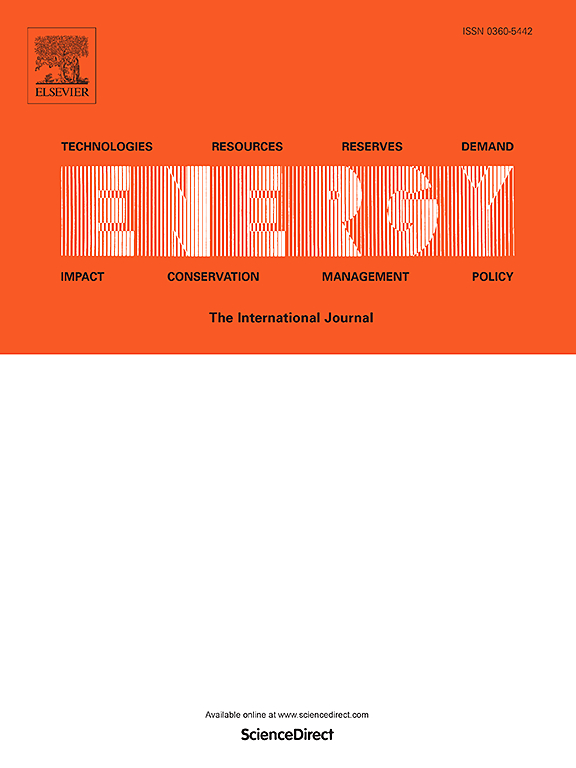Understanding the heterogeneous roles of China's sectors under the shock of second Trump administration's new tariffs: A novel method of shock-based input-output data envelopment analysis
IF 9
1区 工程技术
Q1 ENERGY & FUELS
引用次数: 0
Abstract
Existing studies on input-output analysis quantify losses resulting from new tariffs, but provide limited insight into identifying vulnerable sectors and regions. This study first integrates loss analysis with efficiency analysis, and is capable of assessing vulnerability. Methodologically, this study proposes a novel shock-based input-output DEA model and an extended input-output model. Furthermore, four coefficients are adopted to capture sectoral interconnections and loss propagation. Empirically, this study considers new tariffs possibly adopted by the second Trump administration on China. Our main conclusions are summarized below. Firstly, China's overall indirect losses significantly outweigh direct losses, with indirect losses being 3.6 times direct ones. Secondly, loss distribution displays pronounced heterogeneity across sectors and provinces. Electronic and Telecommunications Equipment sector experiences large direct (27.11 % of China's total) and indirect losses (18.90 % of total). Four eastern provinces (Guangdong, Jiangsu, Zhejiang and Shanghai) experience large indirect losses (69.05 % of total). Thirdly, energy industry belongs to a typical relatively supportive industry, with limited direct losses but large indirect losses. Finally, inefficiency sources vary much across industries and provinces. Particularly, Shanxi, Shandong, and Inner Mongolia exhibit significant potential for improving efficiency in energy industry. Consequently, policymakers should develop well-suited strategies to efficiently allocate limited resources, prioritizing recovery of vulnerable sectors and provinces.

求助全文
约1分钟内获得全文
求助全文
来源期刊

Energy
工程技术-能源与燃料
CiteScore
15.30
自引率
14.40%
发文量
0
审稿时长
14.2 weeks
期刊介绍:
Energy is a multidisciplinary, international journal that publishes research and analysis in the field of energy engineering. Our aim is to become a leading peer-reviewed platform and a trusted source of information for energy-related topics.
The journal covers a range of areas including mechanical engineering, thermal sciences, and energy analysis. We are particularly interested in research on energy modelling, prediction, integrated energy systems, planning, and management.
Additionally, we welcome papers on energy conservation, efficiency, biomass and bioenergy, renewable energy, electricity supply and demand, energy storage, buildings, and economic and policy issues. These topics should align with our broader multidisciplinary focus.
 求助内容:
求助内容: 应助结果提醒方式:
应助结果提醒方式:


